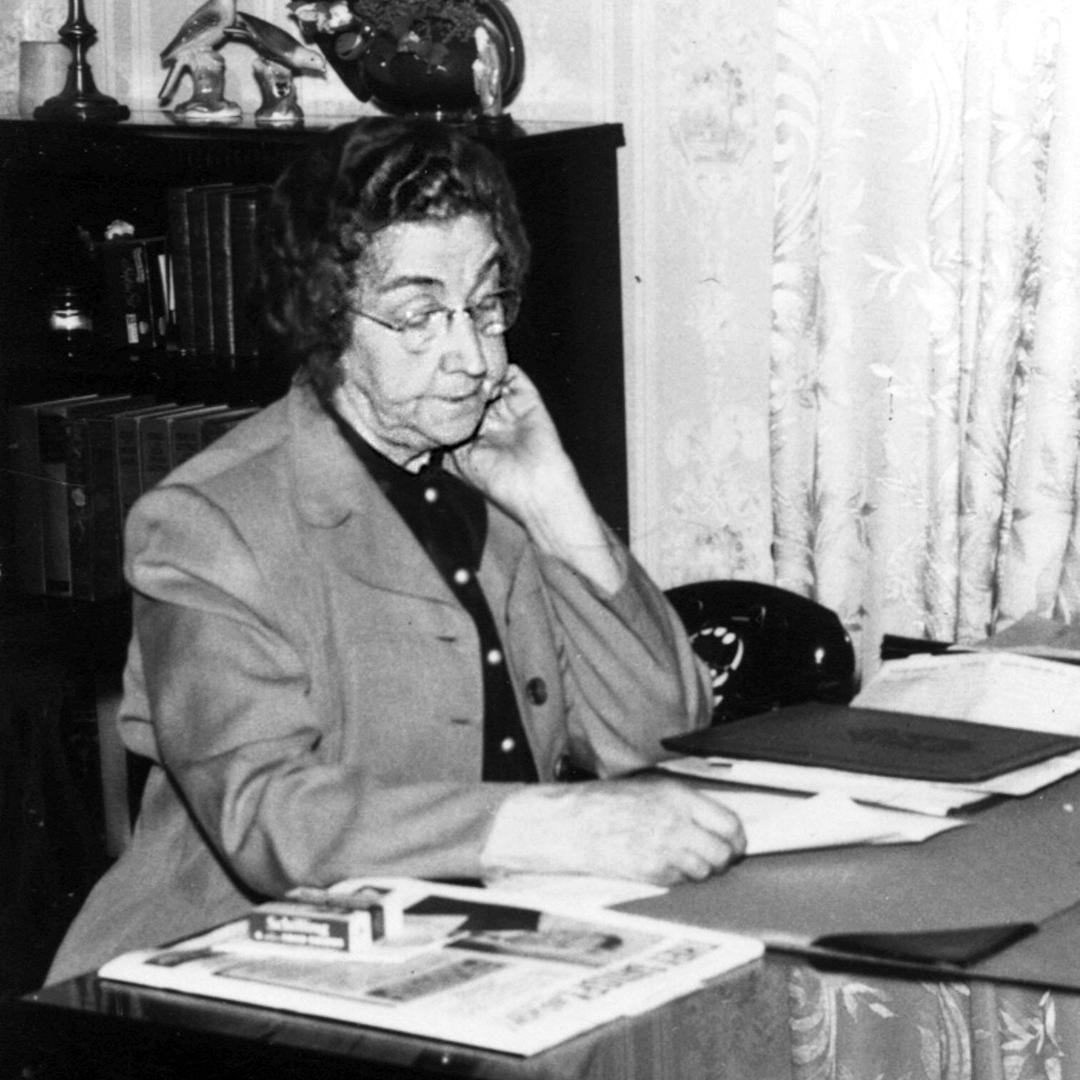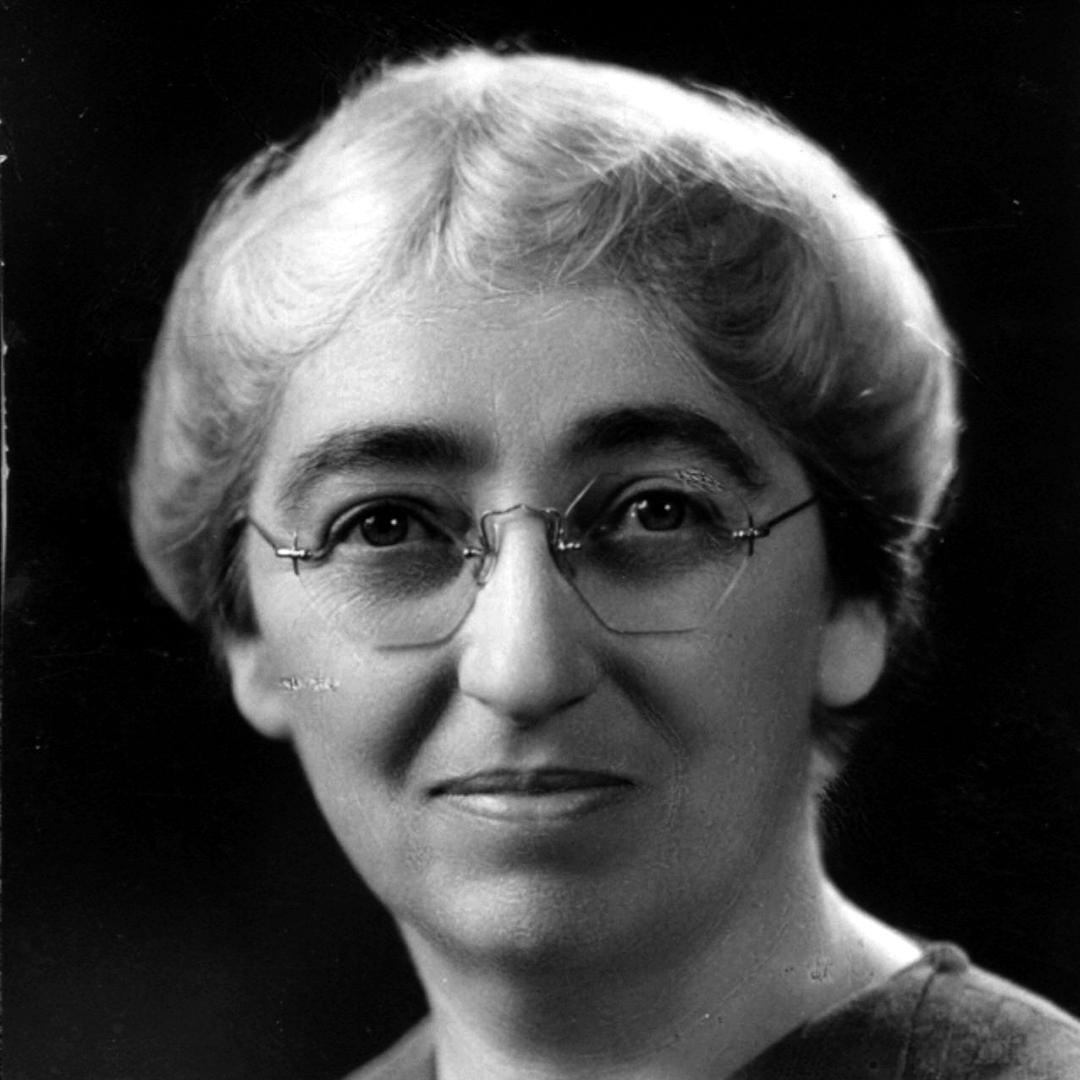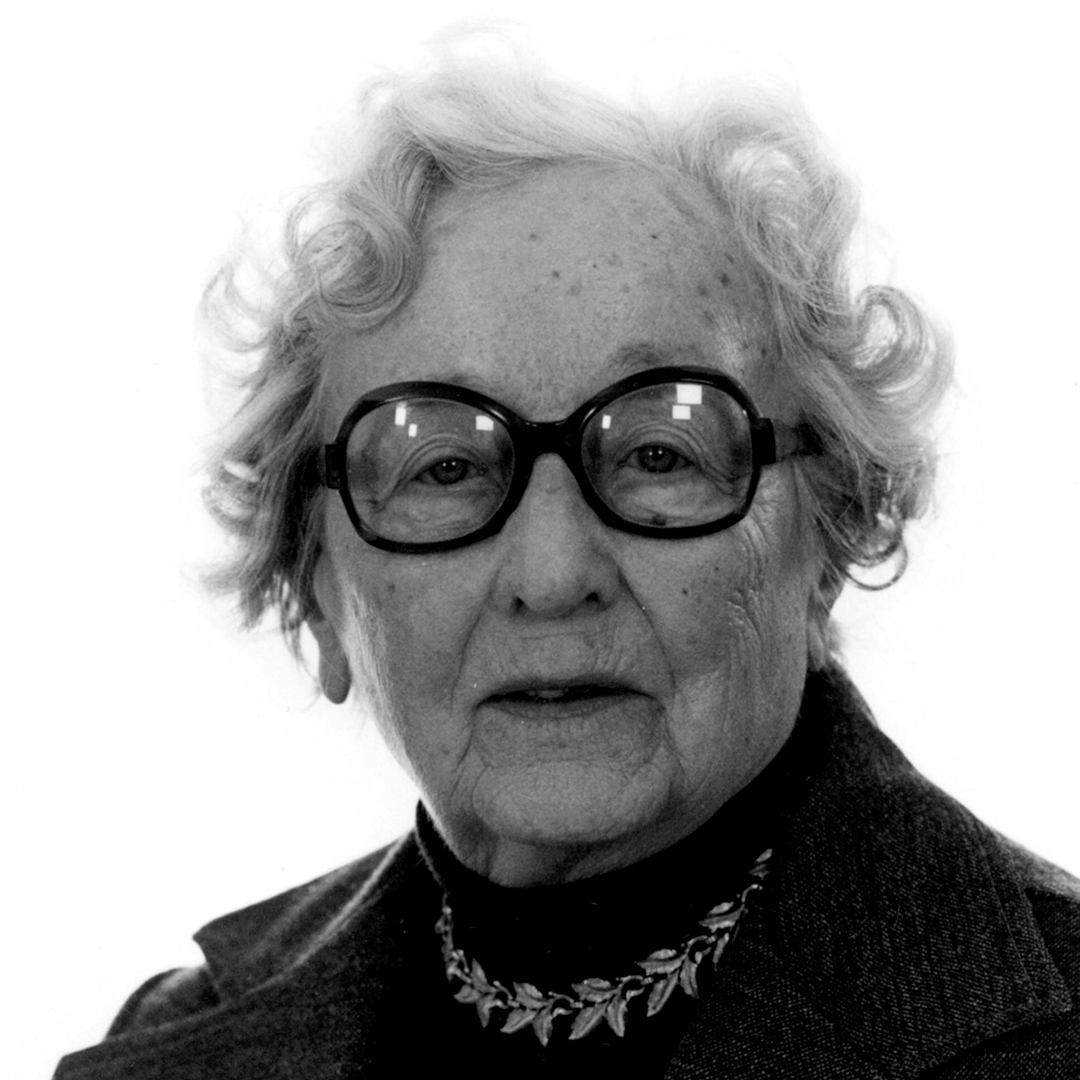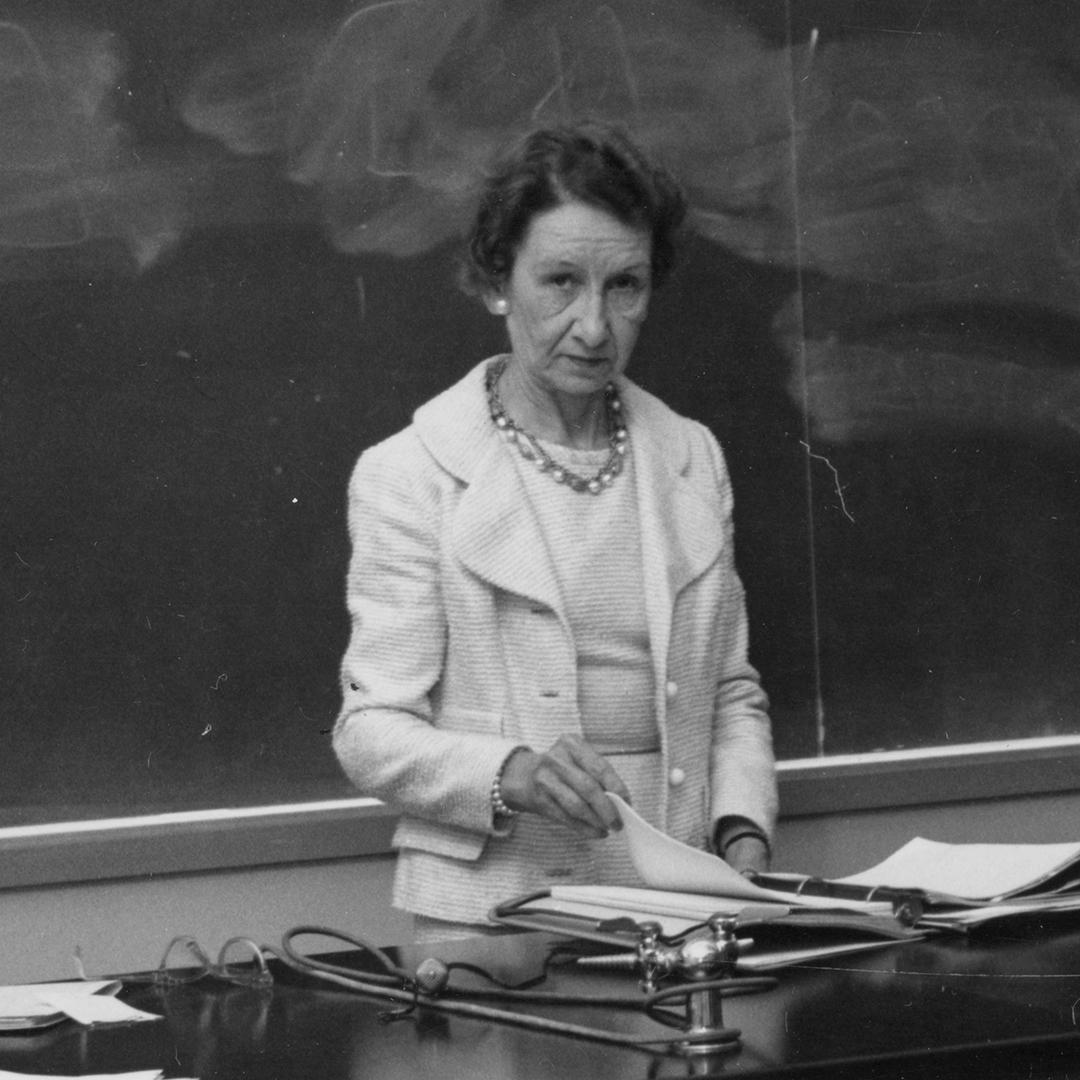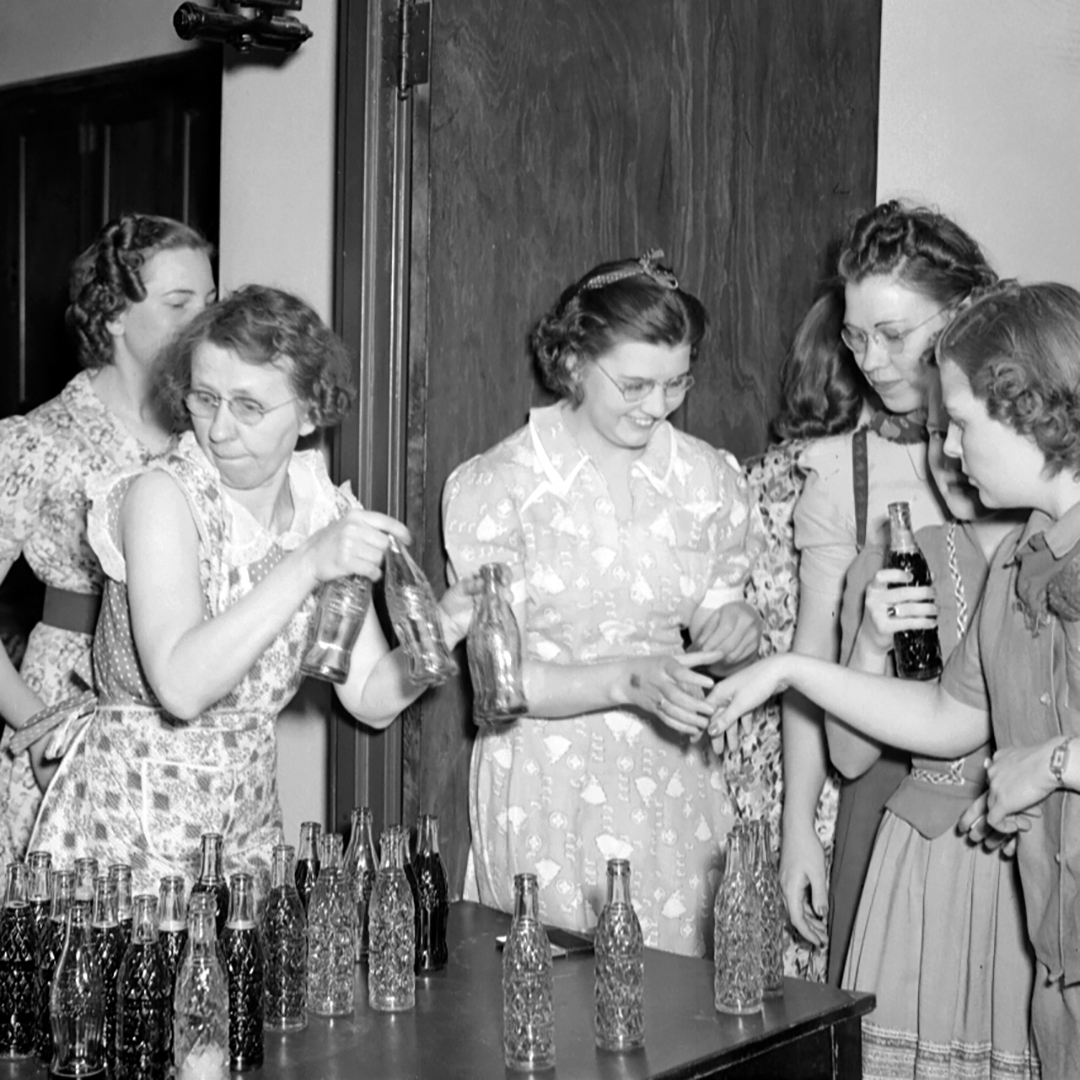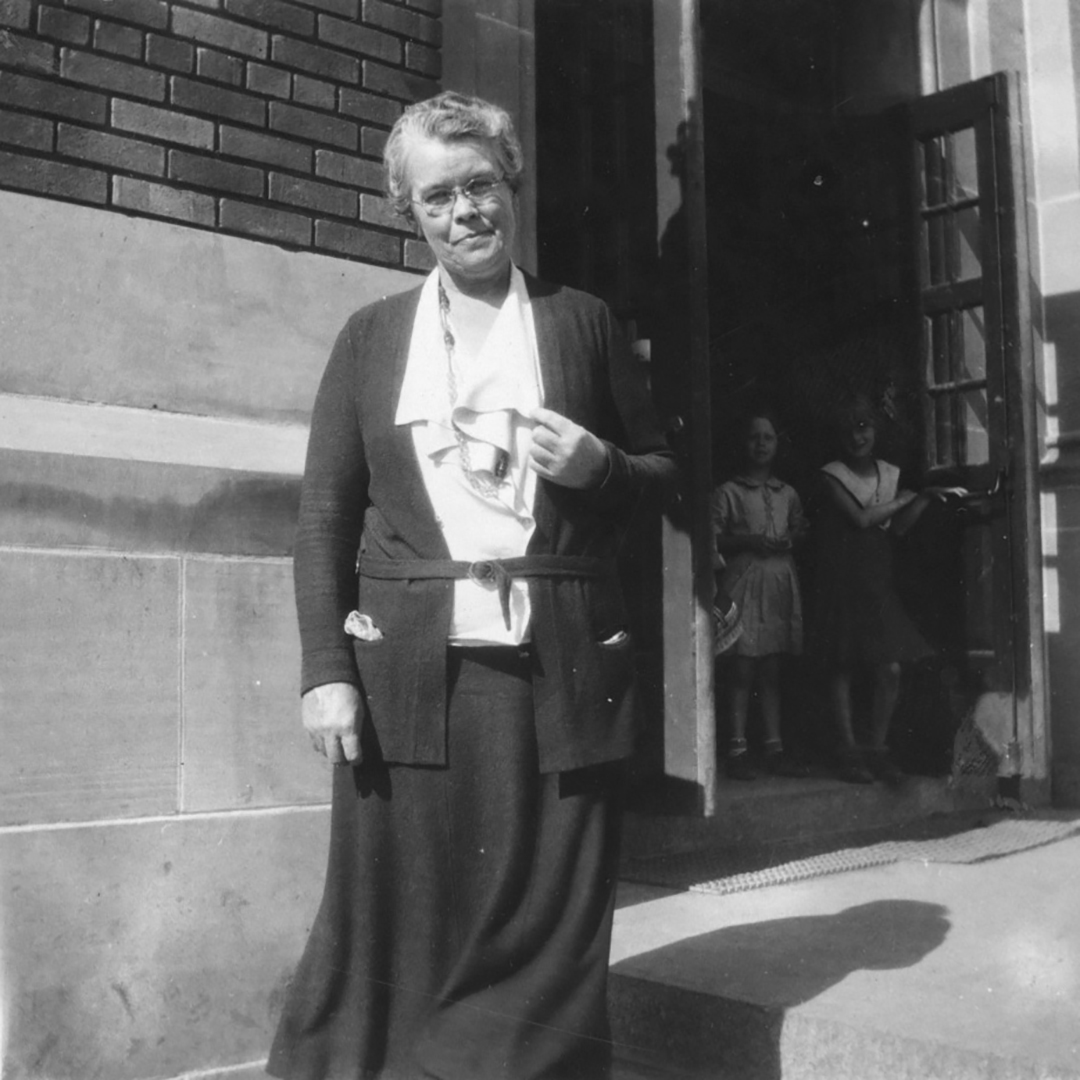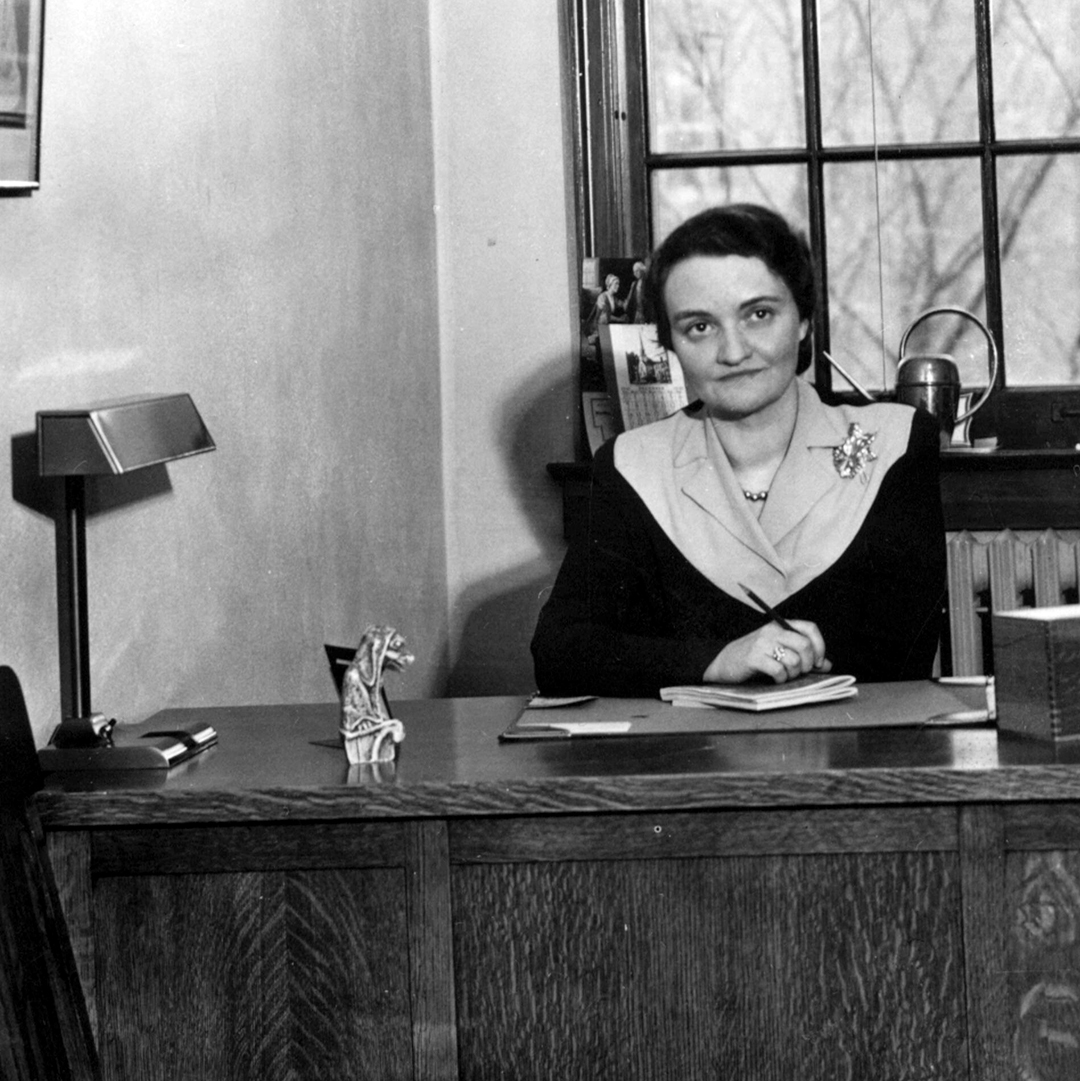Women Leave a Lasting Mark on Campus
Have you ever wondered how the campus buildings got their names? In celebration of Women's History Month this March, MSUM is recognizing the influential women who made a lasting impact on our campus.
Millie Dahl
Dahl Hall is named after Millie Dahl, the dormitory director when MSUM was called the Moorhead Normal School.
When the 1918 influenza pandemic reached campus, Millie swiftly put her Red Cross training to use. She turned Comstock and Wheeler Halls into isolation housing for students who fell ill and supervised local nurses who cared for them. Millie retired from Moorhead State Teachers College in 1953. In 1959, Dahl Hall was dedicated to her.
Today — 102 years later — MSUM has set aside 80 beds for students who must quarantine and wish to remain on campus during the COVID-19 pandemic.
Flora Frick
Flora Frick Hall is named after the women's athletics and German professor during MSUM's time as Moorhead State Teachers College.
Hardworking and outspoken, Flora was known for her colorful personality. She pushed her players and students to do the best they could—and then some. Her creative endeavors shined in many ways, as she directed and wrote numerous plays, books on children's activities, and hosted clubs and associations such as the Major-Minor club, Pi Mu Phi, Kappa Delta Phi, the Campfire Girls, Red Cross, and more.
Most notably, Flora is credited with giving the university its mascot. On February 9, 1930, Old Main, the primary building on the campus at that time, burned to the ground. As students, employees and community members watched the campus building burn, Flora, inspired by the vision of Moorhead State football players evacuating their locker room in the basement of Old Main and winding their way single file down the front steps of the building—backlit by smoke and fire—named us the Dragons.
Jane M. (Jennie) Owens
In 1923, Jane M. (Jennie) Owens joined Moorhead State Teachers College as the college’s registrar, a position she held for 28 years before retiring in 1951. Writings from Dr. Clarence Glasrud indicate Jennie was also in charge of admissions and business affairs for nearly 15 years.
Following the devastating Old Main fire in February 1930 that destroyed all of the college’s student and employee records, Jennie took on the astonishing feat of reassembling them. The task was unbelievably difficult, but eventually, the personal records of students past and present were verified under her direction.
Jennie served the university through the Great Depression when many students desperately needed assistance. She was instrumental in securing financial aid for hundreds of students. University Archives documentation states that the requirements for this personal and academic aid were these: “It must never be acknowledged or made known and the person receiving it must be the kind of young man or woman who was willing first to help himself to the best of his ability.”
The campus’ first strictly administrative building, Owens Hall, was dedicated to Jennie in 1972. Administrative offices had previously been housed in MacLean Hall.
Georgina Lommen
Lommen Hall is one of four buildings built in the aftermath of the 1930 fire that destroyed the original college building, Old Main. Built as the campus training school in 1932, the building has served as the center of teaching education ever since. It bears the name of Georgina Lommen, director of the training school program at Moorhead State College from 1923 to 1943.
Georgina gained wide recognition across Minnesota for her pioneering work in developing elementary school curriculum. She was instrumental in ensuring teachers-in-training received actual classroom experience during their time at MSC, a philosophy that remains a cornerstone in MSUM’s education programs to this day.
Georgina was known by her peers to have a good sense of humor and a generous heart, yet demanded perfection and expected a great deal from her students.
Delsie Holmquist
Delsie Holmquist joined the faculty of Moorhead State Teachers College in 1929. What started as a one-year stint as a replacement English instructor turned into a 37-year tenure with the college, where she served as professor of English, chair of humanities, and dean of general studies.
In an article published in a 1943 issue of The Bulletin, Delsie speaks to being a teacher “in an America at war.” She says, in part, “Although much of my work has been unheralded and unsung, I have great satisfaction in realizing my capacity for democratic thinking and action. … When I realize what I can do for my country by being a good teacher, I know that my job is a heroic one.”
Her invaluable contributions to and dedicated work on behalf of the college earned Delsie the title of “Dean Emerita” upon her retirement in 1966. In a story on her retirement, the Forum called her one of the college’s “best-known, best-loved, and most energetic teachers,” one “whose zest for teaching and burden of committee assignments has been exceeded only by her wit and love for students.” Four years after her retirement from MSC, Holmquist Hall was named in her honor.
Virginia FitzMaurice Grantham
Virginia FitzMaurice Grantham devoted most of her adult life to service at Moorhead State College. A member of the faculty for 35 years, Virginia started her teaching career at Moorhead State Teachers College in 1929 and remained a valued member of the school until her death in 1964.
A lover of languages, Virginia studied abroad in France, Guatemala and Colombia prior to joining the faculty as a French and Spanish professor at MSTC. She served as advisor to the Student Commission (now the Student Senate), participated in many professional associations, and was active within community and college affairs. She also played an instrumental role in establishing the Honors Convocation for recognizing high student achievement.
When the college’s newest residence hall was completed one year following Virginia’s death, then-president Dr. John Neumaier and other university officials agreed it was fitting to name the building after the longtime professor.
Dr. Genevieve King
In 1947, botany and biology professor Dr. Genevieve King joined the faculty of Moorhead State College. During her 27-year tenure, Genevieve made significant contributions to the sciences and education of students. She served as chair of the Division of Science and Mathematics for many years, as a member of the faculty senate for several terms, and as a constructive member of a number of college committees.
Most importantly, she was an influential teacher and advisor to thousands of students, many of whom have distinguished themselves in diverse professions. As an ode to her contributions to the institution's rich history, King Biology Hall was dedicated to Dr. King in 1974.
Karen Kivi
The smallest building on MSUM’s campus is home to students of a different breed. The 16-suite birdhouse, affectionately known as Kivi Hall, was gifted to retired librarian Karen Kivi. When she—and others—discovered the structure was too large for the typical backyard, it was relocated to MSUM and mounted near Livingston Lord Library. Though the structure was exiled to storage in the 1980s, retired professor Carl Carlson created a replica of the original birdhouse. It was erected once again in 2002 and remains a residence for MSUM’s avian friends.
Make Sure Your Story Is Heard
Let us know how your life has been changed by being a Dragon: tell us your MSU Moorhead story today!
Send Us Your Story
